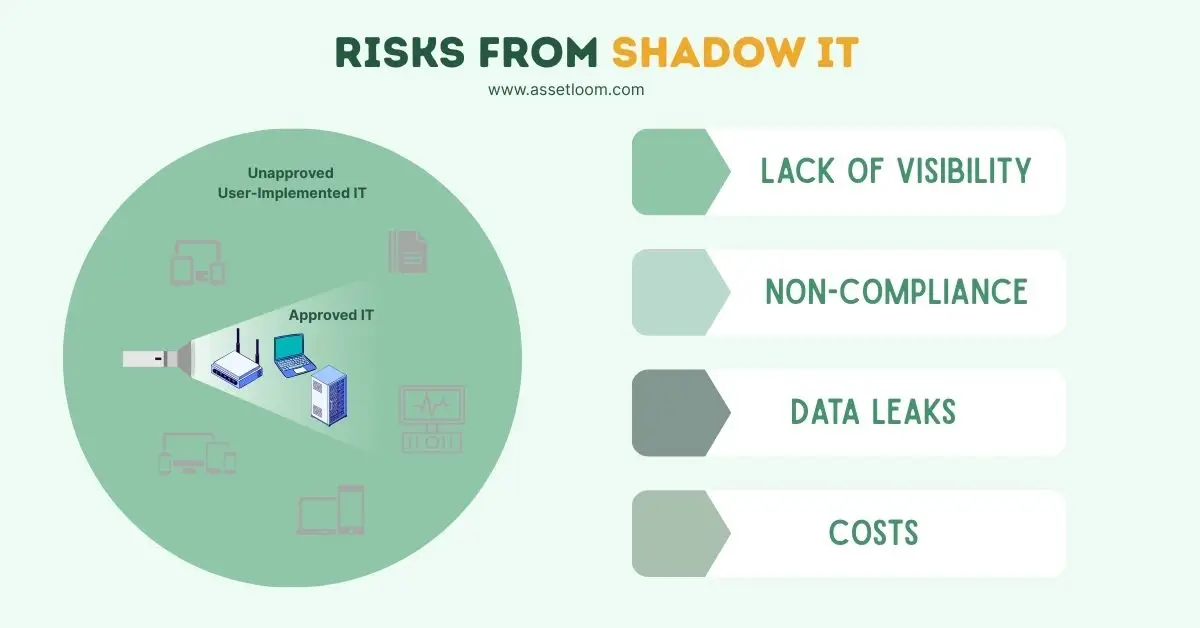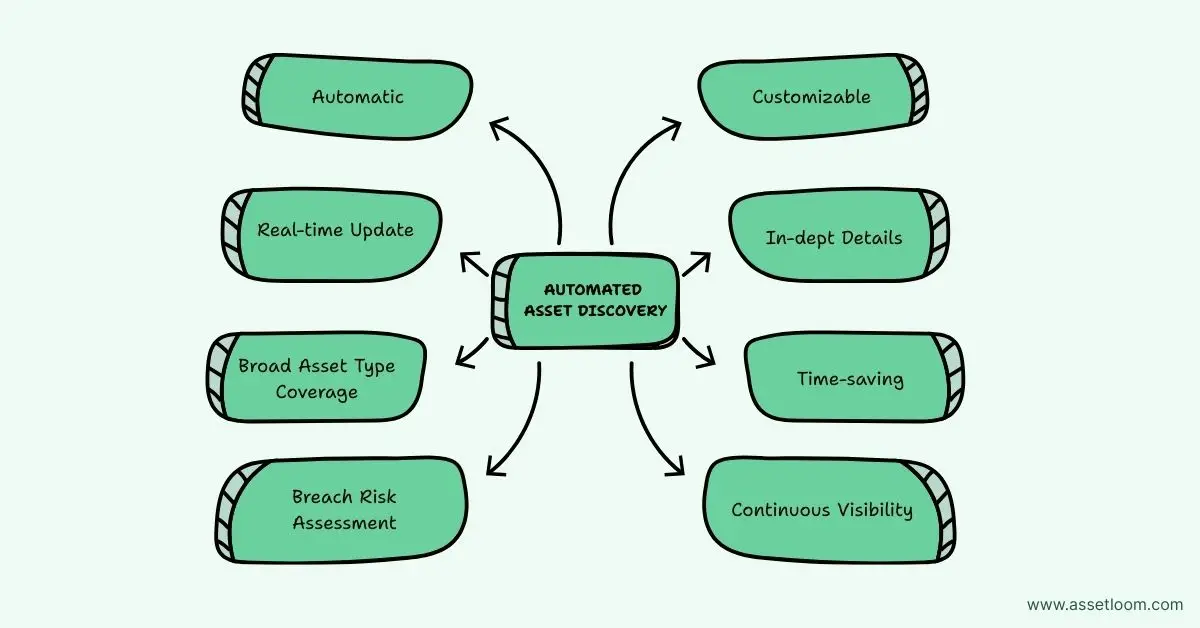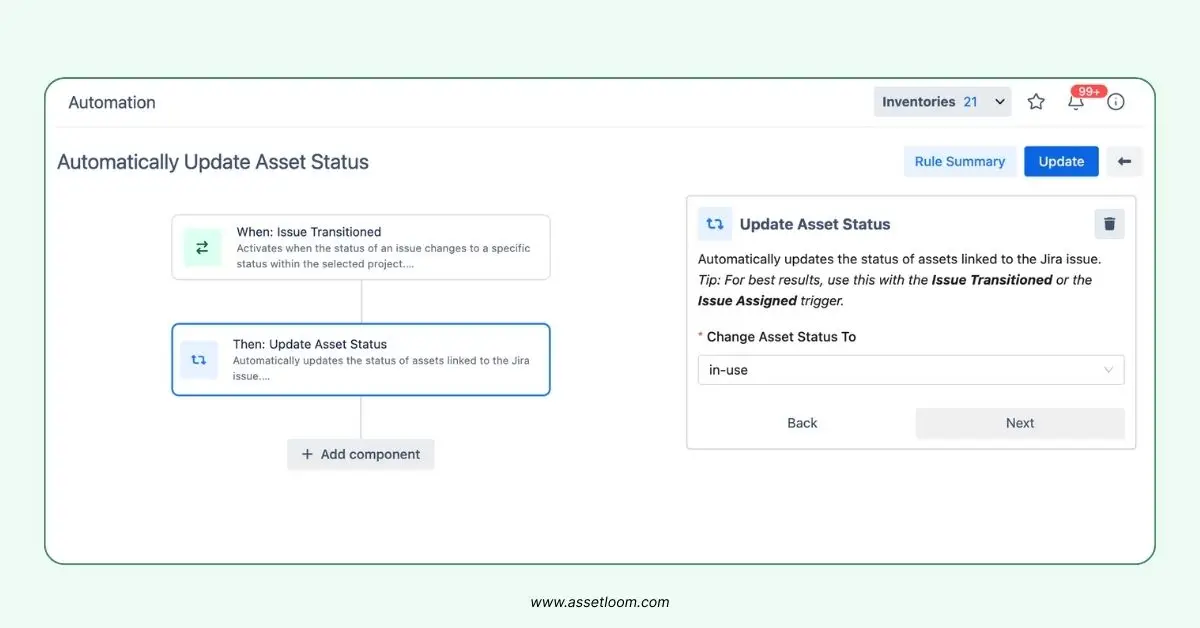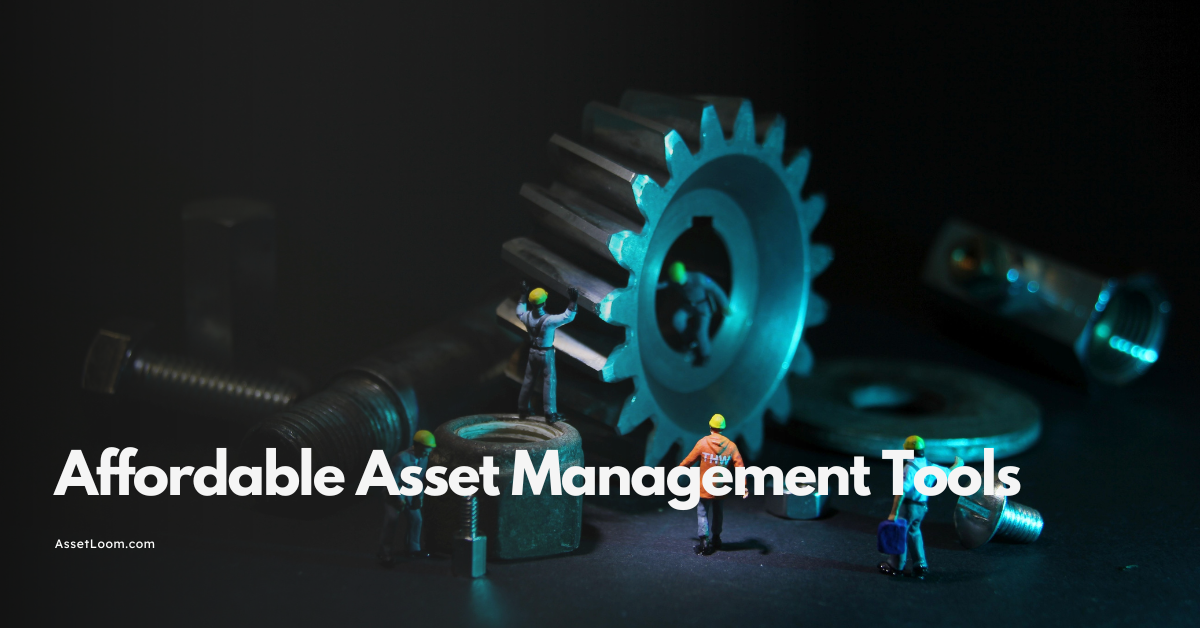The Real Reason You Can't Trust Your IT Asset Inventory
Your IT asset inventory becomes unreliable one day. Wondering why? Let's figure it out in this article.
What’s on your mind when it comes to managing IT asset inventory?
Let’s say, what we used to do, or what we think it would be, is listing down all hardware and software, adjusting the sheets whenever things come up: a software expired, a laptop just assigned to the newcomer.
That sounds ridiculously easy, until your IT assets increase to hundreds, even thousands. They all have a life, which means you will have to keep their health on track, as we all don’t want they to break down all of sudden, disrupting your business’s workflow.
The truth is, many traditional methods for tracking IT assets are flawed and unreliable. In 2025, with hybrid workforces, cloud sprawl, and a flood of connected devices, keeping an accurate IT asset inventory is tougher than ever. Let’s unpack the shortcomings of old-school IT inventory approaches and spot out the reasons behind them.
Why Your IT Asset Inventory Isn’t Trustworthy
Your IT asset inventory is supposed to be the definitive guide to everything your organization owns or uses in its tech ecosystem. It’s essential for budgeting, compliance, and security, by then, your business might run smoothly. But too often, it’s more like a rough draft than a reliable record. Here are some common reasons your inventory might not be as accurate as you need:
Human Error
You may have seen this as a reason in many other articles, but this has to be mentioned once again, for the fact that it is one of the biggest concerns in the IT asset management process (ITAM).
Humans are great at many things, but flawless data entry isn’t one of them. Most IT inventories rely on manual input at some point: logging a new laptop’s serial number, updating a software license, or recording a server’s location, to name a few. Every keystroke is an opportunity for error. A typo in a model number might mean a device is misidentified, leading to incorrect maintenance schedules. Forgetting to remove a retired asset can inflate your inventory, skewing budgets or audits. In one case, a Fortune 500 company discovered it was paying for hundreds of unused software licenses because an employee failed to update the inventory after a department downsized.
These errors aren’t just clerical, they have real consequences. Inaccurate data can lead to wasted budgets, missed upgrades, or security breaches. In 2025, with organizations managing thousands of assets, relying on manual updates is like playing a high-stakes game of telephone: one mistake, and the whole chain breaks.
Shadow IT
Shadow IT: unapproved devices, apps, or services used without IT’s oversight, is a silent killer of inventory accuracy. Employees might use personal laptops to access company systems, sign up for cloud tools, like Asana, without approval, or connect smart devices to the network. A 2023 Gartner report estimated shadow IT accounts for 30–40% of enterprise tech spending, and with remote work, that figure is likely higher. For example, a marketing team at a tech startup adopted a cloud-based video editing tool to meet a tight deadline, but IT never knew. When the tool’s free trial expired, sensitive project files were locked in an untracked account, causing a week-long delay. In another case, a financial services firm suffered a data breach when an employee’s personal tablet, used for work but absent from the inventory, was compromised due to missing security updates.

Shadow IT creates blind spots that undermine your inventory. Untracked assets bypass security protocols, increasing the risk of breaches or malware. They also jeopardize compliance with regulations like GDPR or HIPAA, which demand full visibility into your IT environment. Without a handle on shadow IT, your inventory is incomplete and your organization is exposed.
Distributed Workforces
The rise of remote and hybrid work has scattered IT assets across the globe, especially after the COVID-19 pandemic. Employees are logging in from home offices in Chicago, co-working spaces in Berlin, or coffee shops in Tokyo. Tracking laptops, monitors, and IoT devices in this environment is a logistical quagmire. Consider a logistics company that lost track of 50 laptops in 2024 after a wave of remote hires; some were never returned during employee offboarding, costing $75,000 in replacements. Or take a healthcare provider whose remote nurses used untracked tablets to access patient records, violating HIPAA because IT couldn’t enforce security policies on devices it didn’t know existed.
Distributed workforces lead to inventory gaps. Devices get lost, stolen, or forgotten, especially during turnover. Without centralized visibility, IT teams are left guessing, resulting in inaccurate asset counts, delayed upgrades, and compliance risks if devices fall into the wrong hands.
These issues aren’t just frustrating. They can lead to security risks, compliance headaches, and wasted budgets. To understand why these problems keep cropping up, let’s look at the traditional methods organizations have used to manage IT assets and why they’re struggling.
Traditional IT Asset Management
For decades, companies have relied on a few standard approaches to track their IT assets. These methods might have worked when IT environments were simpler, but they’re buckling under the weight of today’s complex, cloud-driven world. Here’s a breakdown of the most common traditional IT asset inventory, and why they’re no longer up to the task.
Spreadsheets
Spreadsheets are the default for many small and medium-sized organizations. They’re cheap, familiar, and seem like an easy fix. But managing an IT inventory in Excel is like building a house on quicksand. Spreadsheets depend on manual updates, which invite errors, such as mistyped asset IDs or forgotten entries. They don’t scale well, either; as your organization grows, that tidy file turns into an unwieldy beast. Version control is a nightmare (how many “final_v3” files are floating around?). And security? Spreadsheets rarely have robust access controls, leaving sensitive data exposed.
Periodic Audits
Many organizations conduct periodic physical audits to verify their IT assets. Picture an IT team roaming the office, clipboard in hand, checking serial numbers and updating records. Audits can catch discrepancies, but they’re labor-intensive and only capture a moment in time. By the time you’ve finished, new devices might be online, old ones retired, or software licenses renewed. When tech evolves daily, which is obvious, an audit from last quarter is practically irrelevant.
Legacy Asset Management Software
In the 2000s, dedicated IT asset management (ITAM) software promised to replace spreadsheets. These tools offered centralized databases and basic tracking. But many legacy systems were designed for on-premises environments and struggle with today’s cloud-heavy, distributed setups. They often require manual configuration and can’t easily track modern assets like IoT devices or serverless cloud resources. If your team isn’t diligent about updates, these systems become just as unreliable as spreadsheets.
Siloed Systems: When Data Doesn’t Connect
In larger organizations, IT asset data is often spread across disconnected systems. Finance might track hardware costs in one tool, IT manages software licenses in another, and HR handles employee devices in a third. These siloed systems rarely talk to each other, leading to incomplete or conflicting data. For instance, finance might list a laptop as “active,” while IT has no record of it because it was never properly onboarded. Without a unified view, your inventory is a patchwork at best.
These traditional methods rely too heavily on manual effort and lack the flexibility to handle modern IT complexity. Fortunately, 2025’s technology is stepping up with solutions that address these shortcomings head-on.
Next-Gen IT Asset Management in 2025
The days of wrestling with unreliable inventories are fading. In 2025, automated asset discovery, AI-powered analytics, and integrated platforms are revolutionizing IT asset management. These tools tackle the flaws of traditional methods and deliver the accuracy and agility today’s organizations need. Let’s explore how these modern approaches are changing the game.
Automated Asset Discovery: Seeing Everything, Everywhere
Asset discovery is the foundation of a reliable inventory. Modern ITAM platforms use automated discovery tools to scan your network and identify every connected device, software instance, and cloud resource in real time. These tools detect new laptops, servers, IoT devices, and even shadow IT, like that unapproved cloud app someone snuck in. Unlike manual audits, automated discovery provides continuous visibility, ensuring your inventory reflects reality as changes happen. This eliminates the blind spots that plague traditional methods.

AI-Powered Analytics
While asset discovery finds your assets, AI takes it to the next level by making the data actionable. AI-powered ITAM platforms analyze your inventory to spot patterns, flag anomalies, and suggest improvements. For example, AI can detect duplicate software licenses, identify underused assets, or predict when hardware might need replacement based on usage trends. It also cleans up messy data by correcting errors or flagging inconsistencies, reducing the reliance on manual fixes. Nowadays, AI is like having a tireless IT assistant that keeps your inventory accurate and optimized.
Real-Time Monitoring and Automation
Modern ITAM solutions offer continuous, real-time tracking of your assets, unlike the static snapshots of periodic audits. Network monitoring tools integrated with ITAM platforms detect changes instantly, whether it’s a new device joining the network or a software license nearing expiration. Automation streamlines routine tasks, like updating the inventory when a new employee is onboarded or alerting IT when a device goes offline. This keeps your data current and reduces manual busywork.
 Automation and Integration Feature in AssetLoom
Automation and Integration Feature in AssetLoom
Cloud-Native and Hybrid IT Support
Today’s IT environments blend on-premises hardware, cloud services, and hybrid setups. Modern ITAM platforms are built for this reality, seamlessly tracking everything from physical servers to cloud subscriptions (like Azure or Google Workspace) and containerized workloads. Unlike legacy software, these tools provide a unified view of your entire IT estate, eliminating the gaps created by siloed systems.
Intuitive Dashboards and Insights
Today’s ITAM tools offer user-friendly dashboards that provide a clear, visual overview of your assets. Need to know how many devices are due for upgrades? Or which licenses are costing you the most? A few clicks will tell you. Advanced analytics also delivers insights to optimize your IT budget, like spotting unused software or forecasting future hardware needs.
How to Build a Trustworthy IT Asset Inventory
To move beyond unreliable inventories and embrace modern solutions, here’s how to get started:
- Evaluate Your Current Process: Identify where your existing inventory falls short. Are you stuck with spreadsheets? Struggling with shadow IT?
- Choose a Modern Platform: Look for an ITAM solution with automated asset discovery, AI-powered analytics, real-time monitoring, and cloud support. Popular options in 2025 include ServiceNow ITAM, AssetLoom, or Asset Panda, but pick one that fits your needs.
- Train Your Team: Ensure your IT staff knows how to use the new system effectively. A great tool is only as good as the people using it.
- Start Small: Pilot the platform with a specific asset category, like hardware or cloud subscriptions, before scaling up.
- Keep Refining: Regularly review your inventory data and use analytics to optimize processes and cut costs.
Conclusion
An unreliable IT asset inventory isn’t just an inconvenience. It’s a risk to your organization’s security, compliance, and efficiency. Traditional methods like spreadsheets, manual audits, and legacy software can’t keep up with the pace and complexity of modern IT. But in 2025, you have better options. Automated asset discovery, AI-powered analytics, and real-time, cloud-native platforms are making it easier than ever to build an inventory you can trust. By adopting effective ITAM tools, you’ll gain clarity, reduce risks, and set your organization up for success in a tech-driven world.

Subscribe for Expert Tips and Updates
Receive the latest news from AssetLoom. right in your inbox


